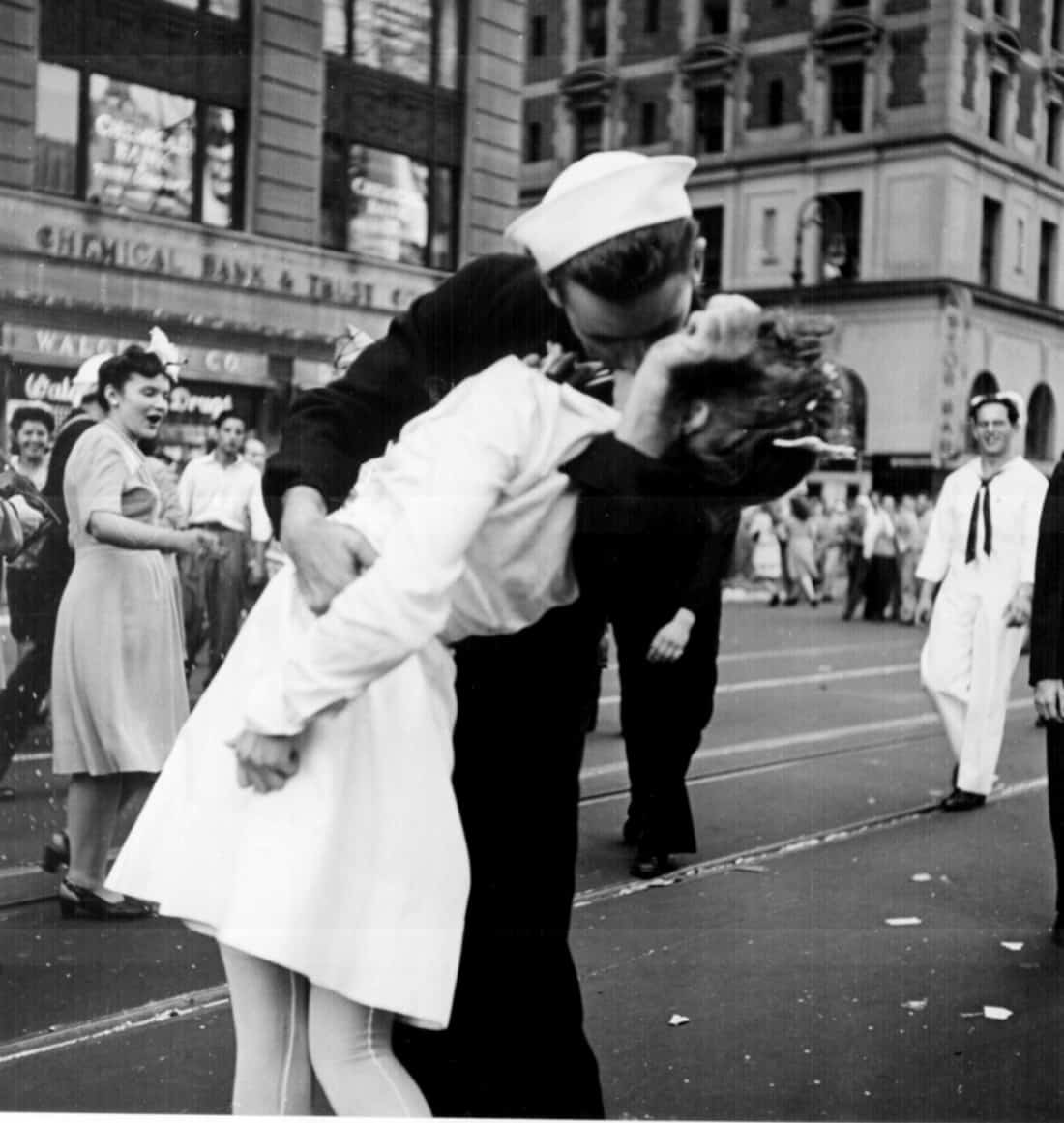The 3-Minute Rule for Framing Streets
Fascination About Framing Streets
Table of ContentsThe Definitive Guide to Framing StreetsThe 9-Second Trick For Framing StreetsFraming Streets Fundamentals ExplainedThe Framing Streets IdeasThe smart Trick of Framing Streets That Nobody is Talking AboutThe Framing Streets Diaries
, normally with the aim of recording pictures at a crucial or emotional moment by cautious framing and timing. https://www.youmagine.com/framingstreets1/designs.
, that was inspired to take on a comparable paperwork of New York City. As the city created, Atget aided to promote Parisian streets as a worthy topic for photography.

Some Ideas on Framing Streets You Should Know
Martin is the initial taped photographer to do so in London with a disguised electronic camera. Mass-Observation was a social research organisation established in 1937 which aimed to tape-record daily life in Britain and to videotape the reactions of the 'man-in-the-street' to King Edward VIII's abdication in 1936 to wed separation Wallis Simpson, and the sequence of George VI. The chief Mass-Observationists were anthropologist Tom Harrisson in Bolton and poet Charles Madge visit here in London, and their very first report was generated as the book "May the Twelfth: Mass-Observation Day-Surveys 1937 by over 2 hundred viewers" [] Home window cleaner at Kottbusser Tor, Berlin, by Elsa Thiemann c. 1946 The post-war French Humanist College professional photographers discovered their topics on the road or in the diner. Andre Kertesz.'s widely admired Images la Sauvette (1952) (the English-language edition was labelled The Decisive Moment) promoted the concept of taking an image at what he labelled the "crucial minute"; "when form and web content, vision and composition combined right into a transcendent whole" - Lightroom presets.
Getting The Framing Streets To Work
The recording machine was 'a concealed video camera', a 35 mm Contax hidden below his layer, that was 'strapped to the breast and attached to a lengthy wire strung down the appropriate sleeve'. However, his job had little contemporary effect as due to Evans' level of sensitivities regarding the creativity of his task and the privacy of his topics, it was not released till 1966, in guide Several Are Called, with an intro written by James Agee in 1940.
Helen Levitt, then an educator of children, associated with Evans in 193839. She documented the temporal chalk illustrations - Sony Camera that belonged to youngsters's road society in New york city at the time, in addition to the youngsters that made them. In July 1939, Mo, MA's brand-new photography area included Levitt's job in its inaugural exhibitionRobert Frank's 1958 book,, was considerable; raw and typically out of focus, Frank's pictures questioned mainstream digital photography of the moment, "challenged all the formal guidelines put down by Henri Cartier-Bresson and Pedestrian Evans" and "contradicted the wholesome pictorialism and wholehearted photojournalism of American publications like LIFE and Time".